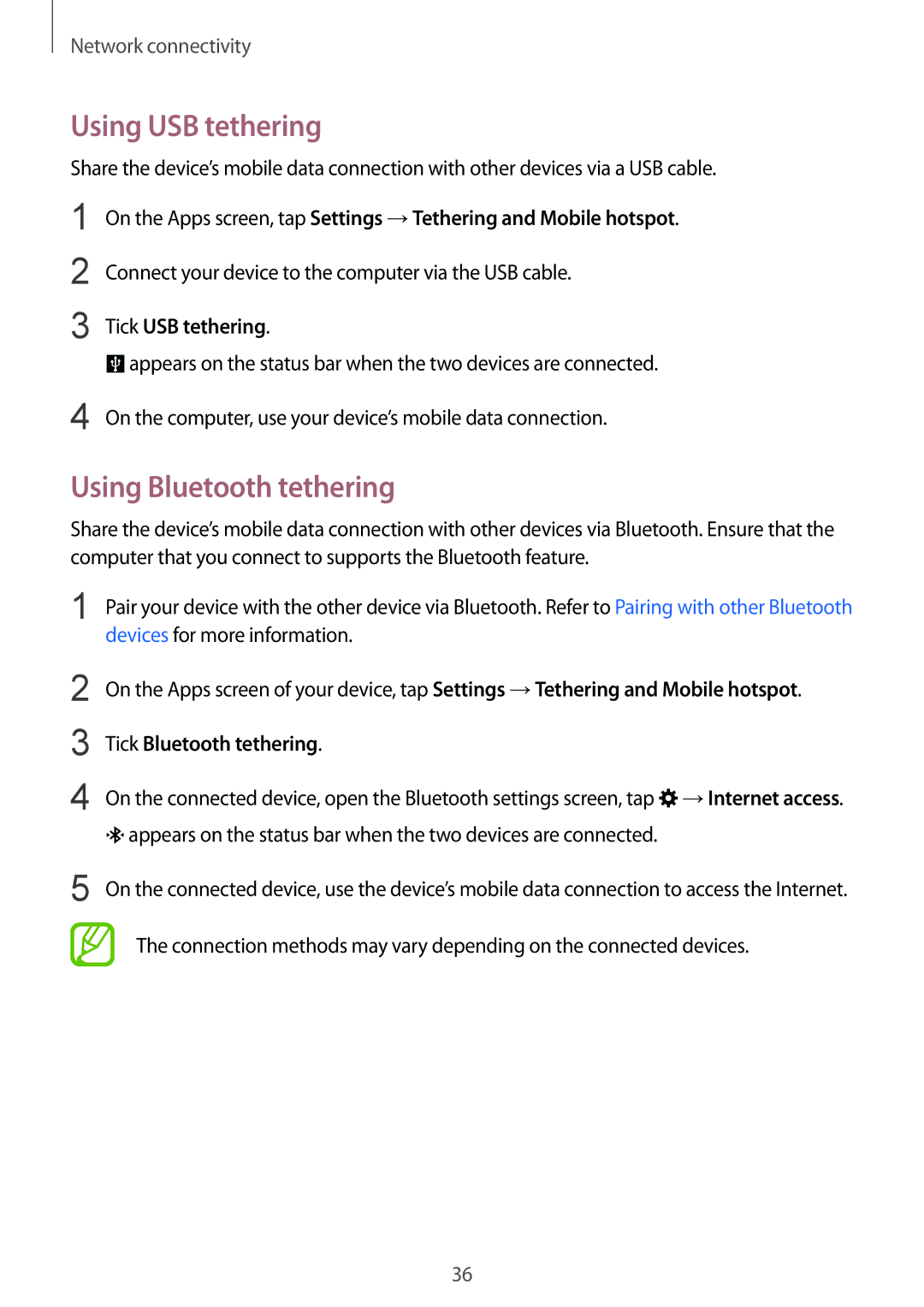SM-J100HZBDSER, SM-J100FZBNILO, SM-J100FZWNPTR, SM2J100HZWAPAN, SM-J100HZBDORX specifications
The Samsung SM-J100HZWASEE and SM-J100HZBDSEE are part of the Galaxy J series, which is designed to deliver economical smartphones without compromising core smartphone functionalities. Launched in the mid-2014, these models cater to users looking for reliable performance in a compact design.At first glance, the SM-J100 series showcases a sleek and modern aesthetic. The design features a plastic body with rounded edges for a comfortable grip. Measuring 130.2 x 67.6 x 8.3 mm and weighing just 123 grams, these devices are lightweight and easy to handle.
One of the standout features of the Samsung SM-J100H and SM-J100HZBDSEE is their display. Both models come with a 4.3-inch TFT touchscreen, offering a resolution of 800 x 480 pixels. This results in a satisfactory pixel density, allowing users to enjoy vibrant colors and decent viewing angles while using applications or browsing the web.
Under the hood, the SM-J100 devices are powered by a 1.3 GHz Quad-Core processor, capable of handling daily tasks with reasonable speed. They come with 1GB of RAM and 4GB of internal storage, which can be further expanded up to 64GB via a microSD card. This level of customization in storage makes the SM-J100 series appealing to users who store a variety of media on their devices.
In terms of camera capabilities, the SM-J100H features a 5-megapixel rear camera with autofocus and LED flash, while a 2-megapixel front camera caters to selfie enthusiasts and video calls. The camera performance is adequate for casual photography, allowing users to capture everyday moments with acceptable clarity.
Battery life is another strong point, as both models are equipped with a 1,500 mAh removable battery, ensuring sufficient power for day-to-day tasks. In addition, the devices support dual SIM functionality, allowing for flexible usage with multiple networks.
The software experience is enhanced by Samsung's TouchWiz UI layered over Android 4.4.2 KitKat. This interface provides a user-friendly experience with customizable options, although it may not support the latest applications due to its older Android version.
Connectivity options include 3G, Wi-Fi, Bluetooth, and GPS, ensuring that users stay connected and navigate efficiently. Overall, the Samsung SM-J100HZWASEE and SM-J100HZBDSEE are solid entry-level smartphones that balance functionality, design, and affordability, making them suitable for budget-conscious consumers seeking dependable mobile devices.
